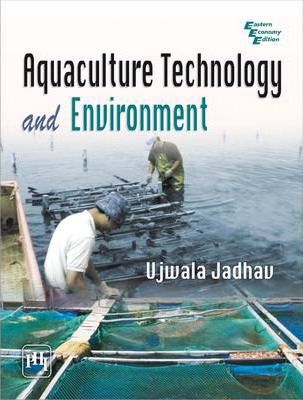Annotation
Aquaculture, farming of aquatic animals and plants, is one of the world’s fastest growing food production systems. This text provides an excellent elucidation of the concepts of aquaculture along with its impact on the environment. Written in a style that makes the subject both interesting to read and easy to understand, this text describes the scope and principles of aquaculture, and the design and management of a typical aquaculture/fish farming. It explains different types of culture systems and practices, as well as different criteria for the selection of species for culture. The text discusses some common diseases in aquaculture and measures to prevent them. It further elaborates the importance of a balanced diet for aquatic species and focuses on harvesting and post-harvesting technology. Biotechnolgy has gained immense importance in recent years and it is now applied to aquaculture for improvement of aquatic species. This book discusses in detail the role of biotechnology in aquaculture. In addition, it deals with different aquaculture practices in India, such as culture of carp, prawn, pearl and seaweed. The text concludes with a discussion on the effects of aquaculture practices on the environment. Key Features Provides a list of major important aquaculture species cultured worldwide. Presents the latest data to enhance the utility of the text. Gives special emphasis on aquaculture practices in India. The book is intended for undergraduate and postgraduate students of zoology (B.Sc. and M.Sc.) and fisheries (B.F.Sc. and M.F.Sc.). It will also be useful to aquaculturists and environmentalists.

